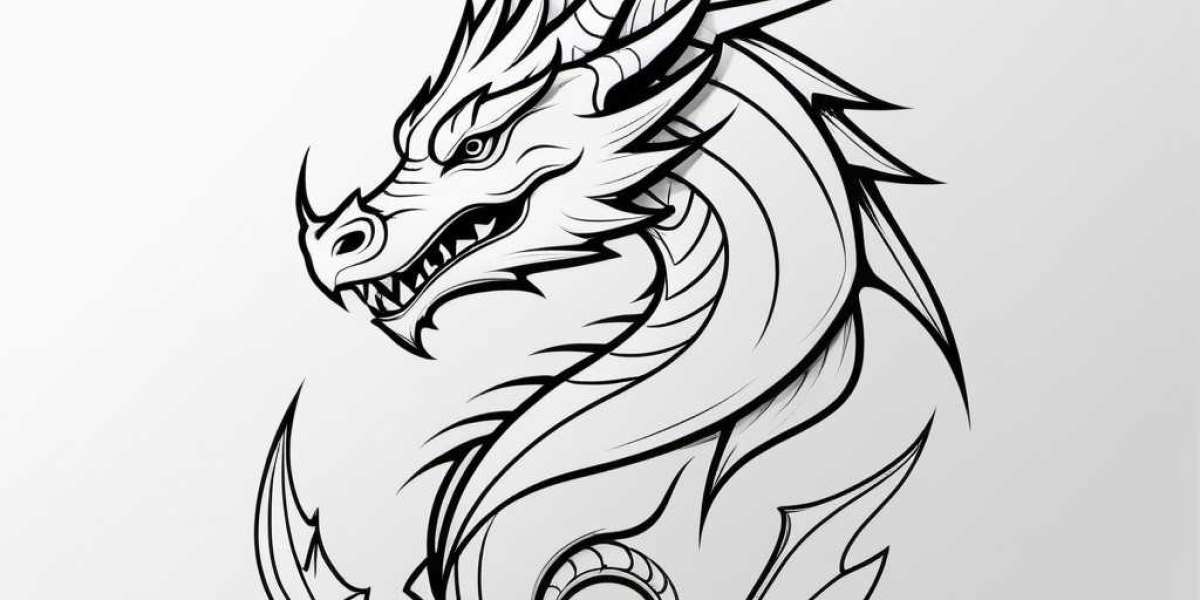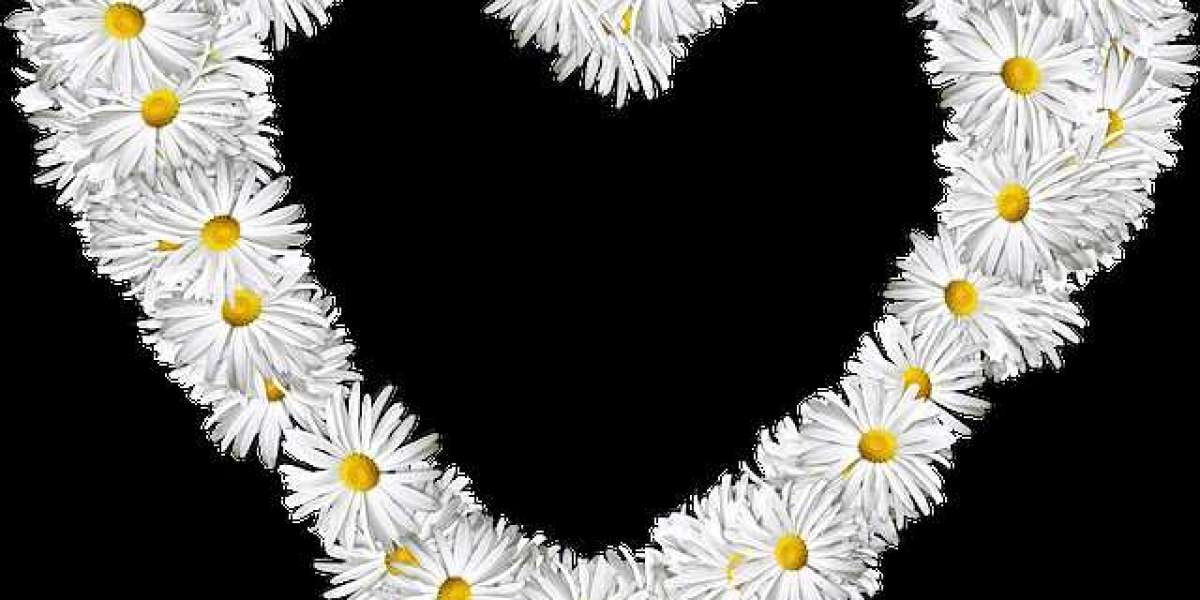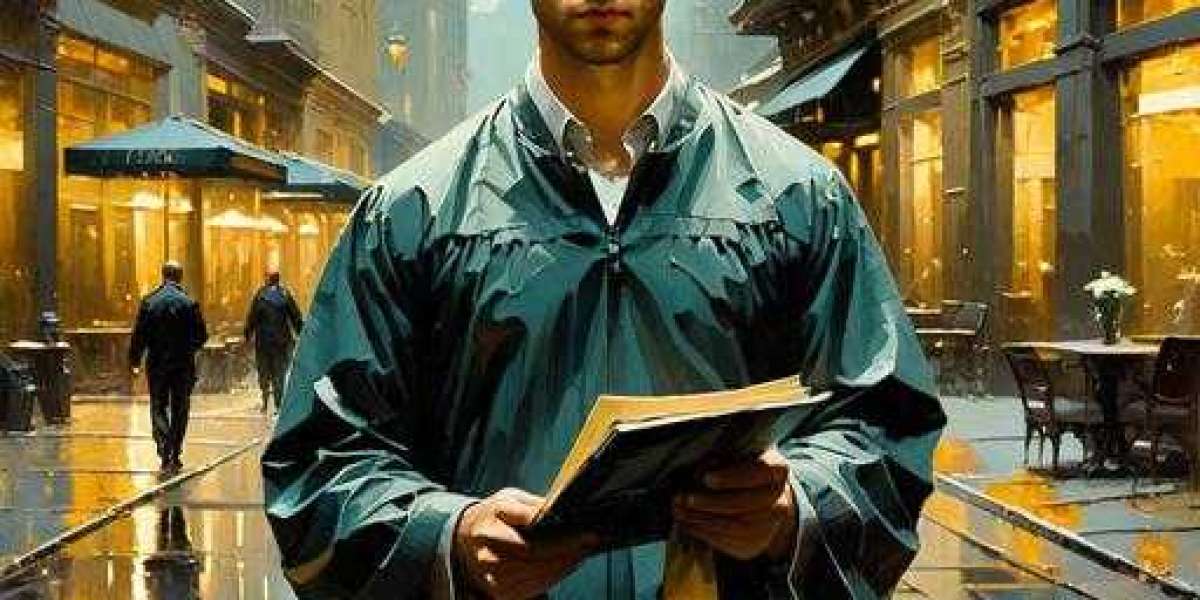The dragon symbol , a mythical creature of immense power and majesty, has been a prominent symbol in cultures across the globe for centuries. From the revered dragons of the East to the fearsome beasts of the West, this enigmatic figure embodies a wide range of meanings, including wisdom, strength, chaos, and transformation. As one of humanity's most enduring and versatile symbols, the dragon continues to captivate the imagination and inspire awe.
The Dragon in Eastern Cultures: A Symbol of Harmony and Prosperity
In Eastern traditions, dragons are often seen as benevolent, life-giving creatures deeply connected to nature and the cosmos. They are revered for their wisdom and their role as protectors and guides.
Chinese Dragons:
In Chinese culture, dragons (long) are symbols of prosperity, power, and good fortune. Unlike their Western counterparts, Chinese dragons are not destructive; they are associated with water and are believed to control rainfall, rivers, and oceans. Dragons also represent imperial authority, with emperors often referred to as "sons of the dragon." They are celebrated during festivals like the Dragon Boat Festival, where they symbolize unity and vitality.Japanese and Korean Dragons:
Japanese dragons (ryū) and Korean dragons (yong) are also tied to water and are seen as guardians of natural and spiritual harmony. They are often depicted in temples and folklore as protectors of sacred spaces, embodying strength, wisdom, and balance.Naga and Other Serpentine Dragons:
In South and Southeast Asia, dragons take the form of nagas, serpent-like beings associated with fertility, protection, and the mysteries of the natural world. These dragons are often depicted as guardians of treasures, temples, and knowledge.
The Dragon in Western Cultures: A Test of Heroism and a Force of Chaos
In Western traditions, dragons are frequently portrayed as fearsome, fire-breathing creatures. They often serve as adversaries in tales of bravery and valor, symbolizing chaos and danger.
Mythical Adversaries:
Dragons in Western mythology are often obstacles to be overcome. Stories such as St. George and the Dragon depict these creatures as embodiments of evil or sin, with their defeat symbolizing the triumph of virtue and courage.Greed and Guardianship:
In European folklore, dragons are often associated with hoarding treasures. The Norse dragon Fafnir, for example, is a symbol of greed and corruption, while the dragons of Arthurian legends guard enchanted hoards. This connection underscores the idea that great rewards require overcoming significant challenges.Epic Battles and Heroism:
Tales like Beowulf position dragons as the ultimate test of a hero’s strength and determination. Slaying the dragon often represents the hero's journey of personal growth and the restoration of balance to the world.
Universal Themes in Dragon Symbolism
Despite the differences in how dragons are portrayed across cultures, several universal themes emerge in their symbolism:
Power and Majesty:
Dragons are often seen as beings of immense power, embodying the untamed forces of nature and the divine. In both Eastern and Western traditions, they symbolize authority, strength, and dominance.Guardians of Wisdom and Treasure:
Dragons frequently appear as protectors of valuable treasures—whether material, spiritual, or intellectual. Facing a dragon often represents the human quest for knowledge, wisdom, and self-discovery.Transformation and Renewal:
Dragons are often associated with cycles of destruction and renewal. In alchemical traditions, they symbolize the purification process, where obstacles are burned away to reveal inner strength and enlightenment.Chaos and Order:
Dragons embody dualities such as chaos and order, destruction and creation, or fear and courage. They remind us of the balance between opposing forces in life.
Dragons in Modern Culture: Evolving Symbolism
The dragon's mystique has endured into modern times, where it continues to serve as a powerful symbol in literature, art, and personal identity.
In Fantasy and Storytelling:
Dragons are central figures in modern fantasy, from the cunning Smaug in J.R.R. Tolkien's The Hobbit to the majestic dragons of George R.R. Martin's Game of Thrones. These depictions explore dragons as complex characters, blending their roles as both fearsome beasts and noble beings.Personal and Cultural Significance:
Dragons are popular motifs in tattoos, art, and design, symbolizing strength, transformation, and individuality. They resonate with those seeking to embody resilience, courage, and independence.Spiritual and Mystical Meanings:
In spiritual practices, dragons are seen as symbols of inner energy and awakening. For example, in yoga, the kundalini serpent, often likened to a dragon, represents the untapped energy that leads to enlightenment when awakened.
The Timeless Appeal of Dragons
The dragon’s enduring legacy lies in its ability to embody the profound complexities of life. Whether revered as guardians and guides or feared as destructive forces, dragons symbolize humanity’s eternal quest to understand and master the world around us. They inspire us to face challenges with courage, embrace transformation, and seek balance in the chaos.








